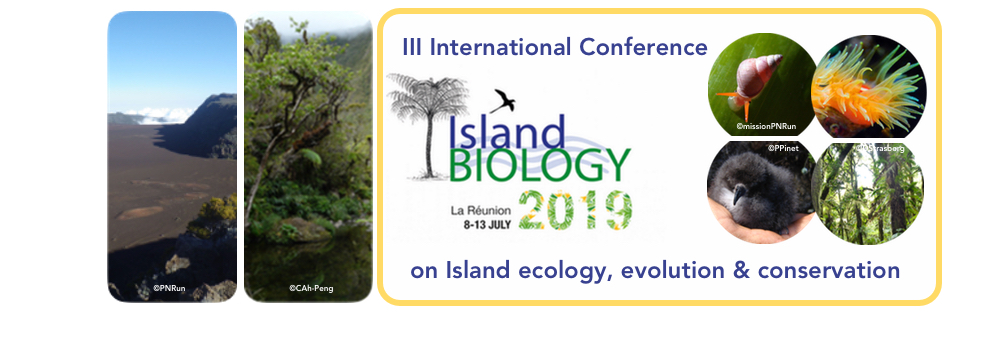Biological invasions threaten biodiversity worldwide, especially on tropical islands such as Reunion Island. Here we present the results of a collaborative effort to map biodiversity priorities and to prioritise alien plant clearing. We first combined all existing data on habitats, threatened and endemic species and the distribution of alien plant species. Using expert-knowledge where necessary, we provide the first map of invasion level for the whole island. We developed a decision-making process using Zonation, a conservation-planning tool, to identify biodiversity conservation priorities. Conservation priority areas were selected to maximise biodiversity levels in areas lightly invaded. We then included criteria to identify priority areas for alien plant clearing based on clearing costs, accessibility and history of previous clearing programmes. Almost 40% of the remaining natural habitats on Reunion Island are moderately to heavily invaded. We identify 58,500 ha as conservation priority areas of which 30% are considered to be not invaded at all. We discuss how this will impact future alien plant clearing programmes and propose the basis for an integrated clearing and restoration plan for Reunion Island.

|
|
|
|
Improving effectiveness of alien plant clearing on Reunion Island through partnership
1 : Parc national de La Réunion
258 rue de la République 97431 – La Plaine des Palmistes -
Réunion
2 : Direction de l'Environnement de l'Aménagement et du Logement
(DEAL)
2 Rue Juliette Dodu, 97400, Saint-Denis -
Réunion
3 : Centre de coopération internationale en recherche agronomique pour le développement
(CIRAD)
7 chemin de l'IRAT 97410 Saint-Pierre -
Réunion
4 : Office national des forêts
(ONF)
Boulevard de la Providence, 97400, Saint-Denis -
Réunion
5 : Conservatoire Botanique National de Mascarin
(CBN-CPIE Mascarin)
2 Rue du Pere Georges, 97436, St-Leu -
Réunion
6 : CIRAD UMR Peuplements végétaux et bioagresseurs en mileu tropical
(UMR PVBMT)
-
Website
7 chemin de l'IRAT, 97410 SAINT PIERRE -
Réunion
7 : Groupement pour la Conservation de l'Environnement et l'Insertion Professionnelle
(GCEIP)
54 bis Route de la Ligne Paradis, 97410, Saint Pierre -
Réunion
8 : Département de La Réunion
2 rue de la source, 97488, Saint-Denis -
Réunion
9 : Université de la Réunion
(UR)
* : Corresponding author
15, avenue René Cassin - CS92003 -97744 Saint Denis Cedex 9 -
Réunion
|
| Online user: 47 | RSS Feed |

|
 PDF version
PDF version